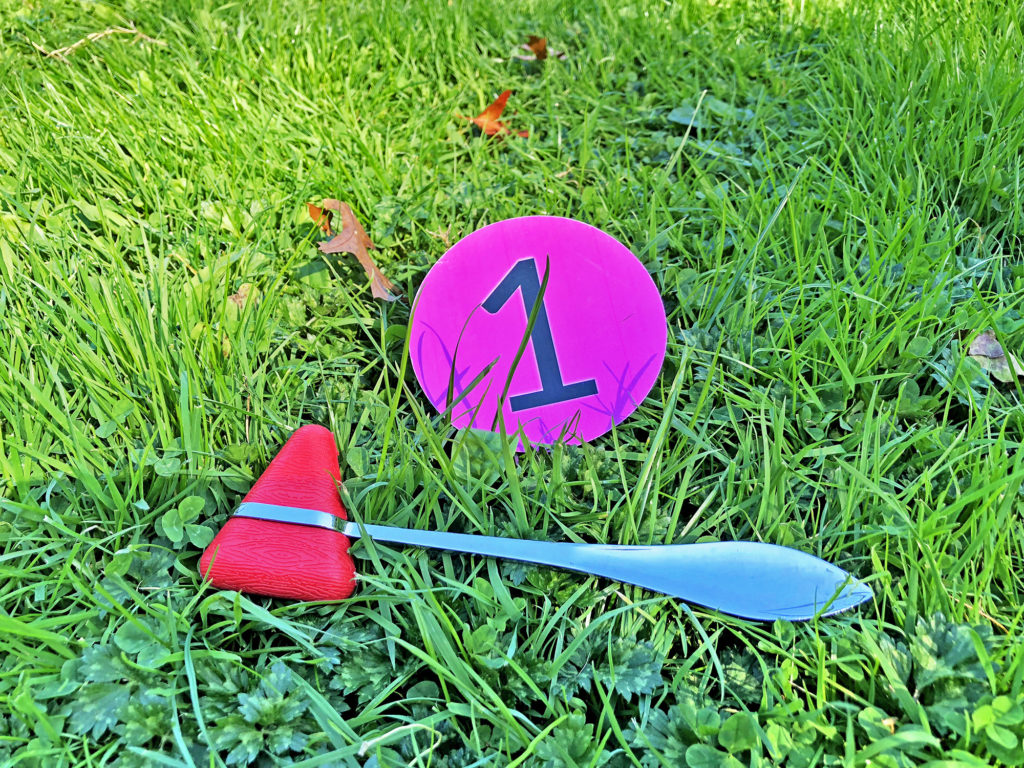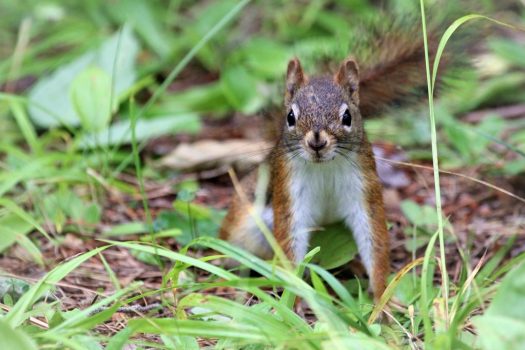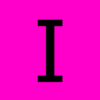
Innate Behaviors
Innate Behaviors
Genes and resulting proteins impact animal behaviors. Sometimes these behaviors seem so complex, it is hard to determine whether they have a genetic basis.
Learning Objective: Explain what an innate behavior is and provide specific examples of genetically determined behaviors.


A behavior is what an animal does in response to its external environment or internal body cues. These behaviors can be genetically programmed innate behaviors, or learned behaviors acquired through experiences.
This video introduces what a “behavior” actually is and provides examples of innate behaviors.
Watch this video; you can select the closed captioning “cc” option if you would like to see the text.
These mystery snails have an innate response to move towards food, in this case the green algae pellets. The smaller snails are also traveling on the shells of the larger shells, it is not clear whether this behavior is innate or learned.
Wild cats scratch for a number of reasons: stretching and flexing bodies and feet, removing dead layers off of their claws, and marking their territories with scent glands located in their paws. Domesticated cats retain these innate behaviors.
Chameleons balancing with their tails and subtly changing colors as they move through their environment are examples of innate behaviors.
Start Your Media Assignment here
This is another opportunity to work on the final portfolio! Last week you populated each of the nine outcomes and may have found some outcomes more challenging than others. For this media assignment you will pick the outcome that you are having the most difficult time filling with three examples of your work, and complete it this week, well before the portfolio is due.
-
Select an outcome. Pick one that you only have one piece of work representing, and/or are having a particularly tough time working with. For example, you may only have one example of a Science Skill or Biology Connection: whichever outcome is the most challenging (these are usually different for everyone). Then your hardest work is behind you!
-
Upload to Canvas the three pieces of work you will use in your final portfolio to represent this outcome.

If you are not sure how to tackle a challenging outcome, here is our advice:
Look at the descriptors that are listed under the outcome (link below). For examples, under Science Concepts you have:
perception, evidence, prediction, cause & effect, scale, quantity, continuity, change, matter, energy, patterns, systems & models, specimens, collections, tentative & durable, hypotheses, facts, theories, laws, science history, and science fields.
There is a lot to work with here, you could use the assignment where your found patterns in nature; for cause and effect, you could add your quiz response or notes on what causes mutations or what their effects are; you could add your explanation of how scientific knowledge can be both tentative and durable; you could have a collection of natural specimens, and so on.
Once you start thinking of things you have done in this course or other life experiences, you will be able to recall more and more examples.
You may have wondered if the outcomes arrangement of Concepts, Skills, and Connections just applies to science, biology, and animals. The interesting thing is that this is how you can approach learning in any discipline. There are generally concepts to understand, skills to carry out, and connections that apply the field to the real world.
A great practice is to go to an expert in a field and ask what concepts, skills, and connections you need to know, and once you collect and organize this knowledge, you are on your own path to mastery as well.
The next section explores the range of learned behaviors.










